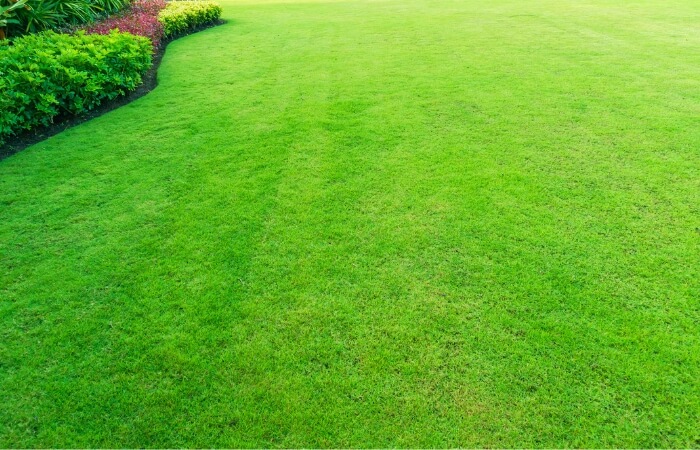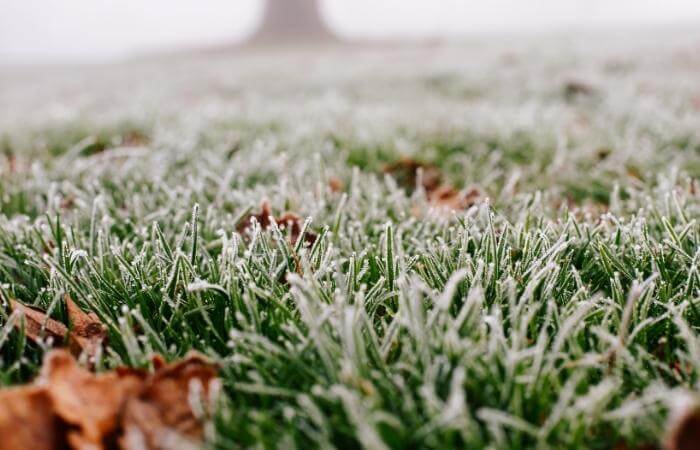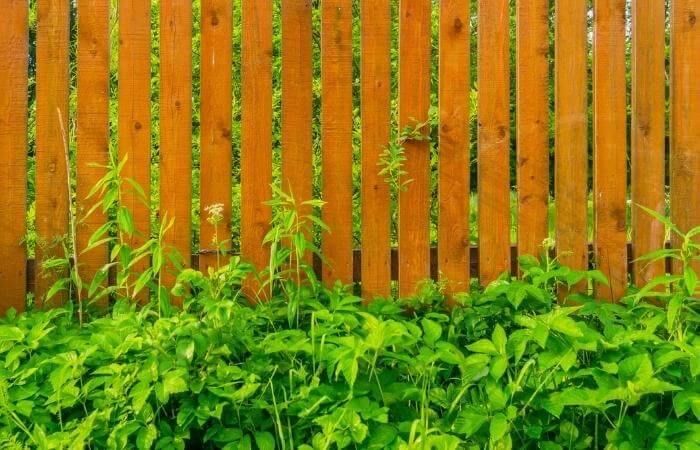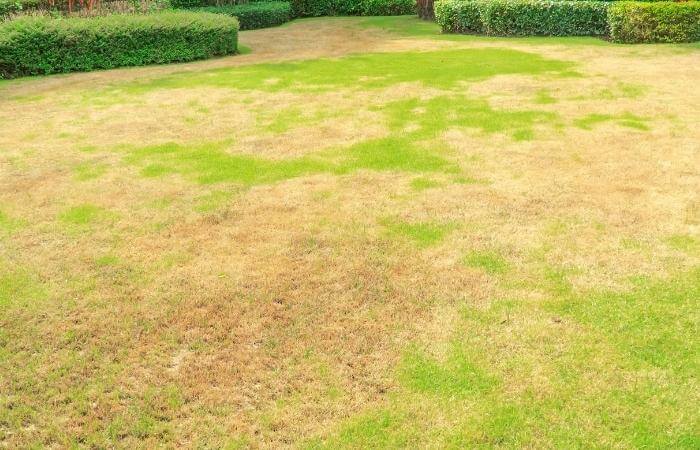Are you unsure of the difference between a scarifier vs. dethatcher?
Both of these tools produce distinct results and are invaluable for homeowners who want to keep their lawn looking green and lush.
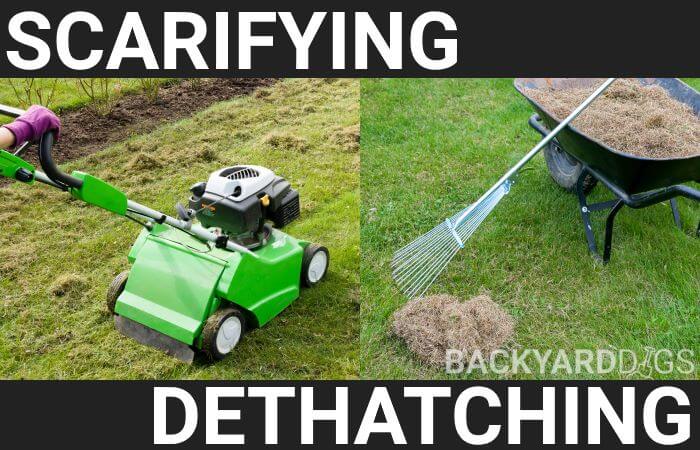
In this guide, I go over the pros and cons of scarifying and dethatching your lawn, and when you should do it so that you can improve the look and health of your yard.
What Is Scarifying?
Most lawn scarifiers use steel blades on a cylinder that rotates under machine power to free moss, grass clippings, and other lawn debris from your turf.
The blades slice vertically into the soil and grab hold of thatch on the way out, which flings the material upwards for removal. Some machines offer a handy collection bin that automatically catches any thatch, so you don’t have to go back and rake up your lawn.
The blades of a scarifying tool dig deeper into the soil than a dethatcher, which is helpful when trying to remove very thick layers of thatch.
Most likely, your lawn is grown from a variety of fescue grass, which is notorious for gathering up troublesome thatch layers quite quickly. Using a scarifier will keep this issue under control.
Many scarifying machines have adjustable height blades, so you can go heavier (deeper) or lighter (shallower) depending on the needs of your lawn. This feature makes the scarifier more versatile when it comes to performing other lawn care procedures.
Scarifying Pros
- Metal blades dig deeper into the soil to remove more embedded debris
- Also helps loosen surface soil for better air and water absorbtion
- Efficient for setting seed
- Prunes out some grass blades, which encourages sideways shoot growth for a thicker lawn
- The chopping action helps deter moss and viney weed growth
- Keeps lawn from getting spongy
Scarifying Cons
- Lawn may look temporarily rough until fresh growth fills in
- Overuse can damage your lawn by tearing up too much of the root system
- Depending on how neglected the lawn is, you may need several passes at varying blade heights to properly clear the thatch
When To Scarify
Scarifying is best for all lawns to remove unwanted thatch. When thatch builds up and compacts, it impedes air, water, and nutrient exchange leading to poor soil quality so your lawn suffers.
The ideal time to use a scarifier is after the active grass growing season starts. Typically this means in the springtime but could also be in the fall depending on your variety of grass.
To begin scarifying, you should make a pass in one direction with the blades set higher. Make a second pass in an opposite direction with the blade setting a bit lower. Now pass again on an angle from the first two, lowering the blades yet again.
Depending on the severity of the thatch problem, you can keep alternating and lowering the blades until the thatch is clear.
The only time you should not use a scarifier is on newly planted lawns that need a year or two to develop a robust root system.
Using a scarifier too early in the spring season shocks the grass, which means it will go into the stressful summer heat in an already weakened condition.
You should scarify at home once a year but can do a second run near the end of the growing season if you see the yard is choking up again with thatch.
Always mow your yard before using a scarifier, to reduce the amount of grass the machine must cut through.
Setting seed? Using a scarifier is an ideal way to open up surface soil to allow penetration of new grass seed, so it takes hold faster.
What Is Dethatching?
Dethatching is another way to remove thatch debris from your yard but is a superficial surface action that does not dig down into the soil.
A thin layer of thatch is beneficial to your lawn as it helps control temperature and moisture levels of the soil, but a thick layer will begin to harm your grass.
A dense thatch layer encourages mold and diseases and prevents proper penetration of air, water, and nutrients that your lawn needs to thrive.
You can perform dethatching using a special hand rake, which I recommend for small sections of lawn since it can be quite physically draining.
For larger lawns, a wheeled manual tool, or a “power rake” utilize wire flails or prongs that spin to catch and fling up unwanted debris from between grass blades.
While you can rent a dethatcher machine, the cost of owning one will pay off over time if you plan to maintain your lawn’s thatch layer regularly.
Related | Best Lawn Dethatchers
Dethatcher Pros
- Alows water, nutrients, fertilizers, herbicides, and air to reach the soil
- Reduces the chance of mildew, mold, fungi, and mosses to take hold
- Lets mower blades cut off the grass at the proper level
- Can be done several times a year if necessary
- Makes your lawn look more green and lush once it recovers
- Reduces the feeling of sponginess while walking across the grass
Related | How To Make Grass Green Fast
Dethatcher Cons
- Must be done at the right time to prevent permanent damage to your yard
- Will not penetrate deep enough to loosen or aerate the soil
- Manually dethatching with a rake is physically taxing
When to Dethatch
The season you need to dethatch your yard depends on the type of grass you have.
Some grasses actively grow in the spring, like Zoysia or Bermudagrass, while others, like Kentucky bluegrass, grow most actively in the fall.
Because dethatching isn’t as destructive to the roots of the turf as scarifying, you can perform this task much earlier in the growing season without causing harm to your lawn.
Always watch your yard for vigorous new growth, which is the sign that now is the best time to dethatch the lawn. An actively growing lawn will recover much quicker from the dethatching process and look greener and healthier for the rest of the year.
The best system for dethatching is to make a pass in a North/South direction, then make a second pass in an East/West direction.
Always mow your lawn before dethatching to improve the ease of access to the base of the turf, especially if you are using a hand rake.
It’s a good gardening practice to dethatch established lawns at minimum once a year, or when you see the thatch layer is at or above 1/2-inch in thickness.
Never dethatch your lawn when it is dormant or looks ragged since you will expose the roots to extreme temperature swings that can cause permanent damage.
In Summary
When you strive to keep the health and beauty of your lawn at it’s best, removing excessive thatch is the only way to achieve that goal.
Now that you understand the difference between a scarifier vs dethatcher, you can select the right implement to deliver the results you need.
A good dethatching is the secret to having your lawn be the envy of the neighborhood!


